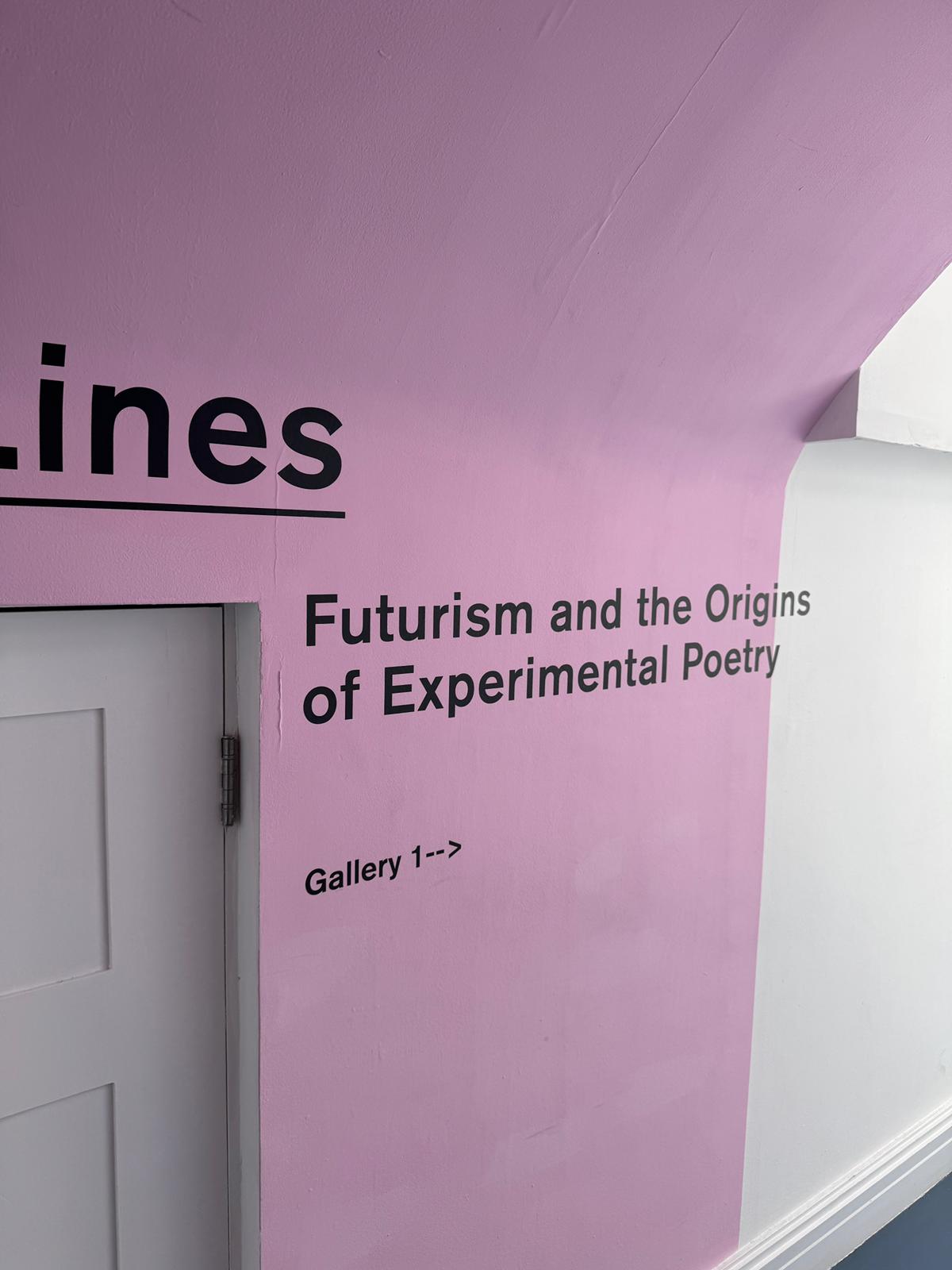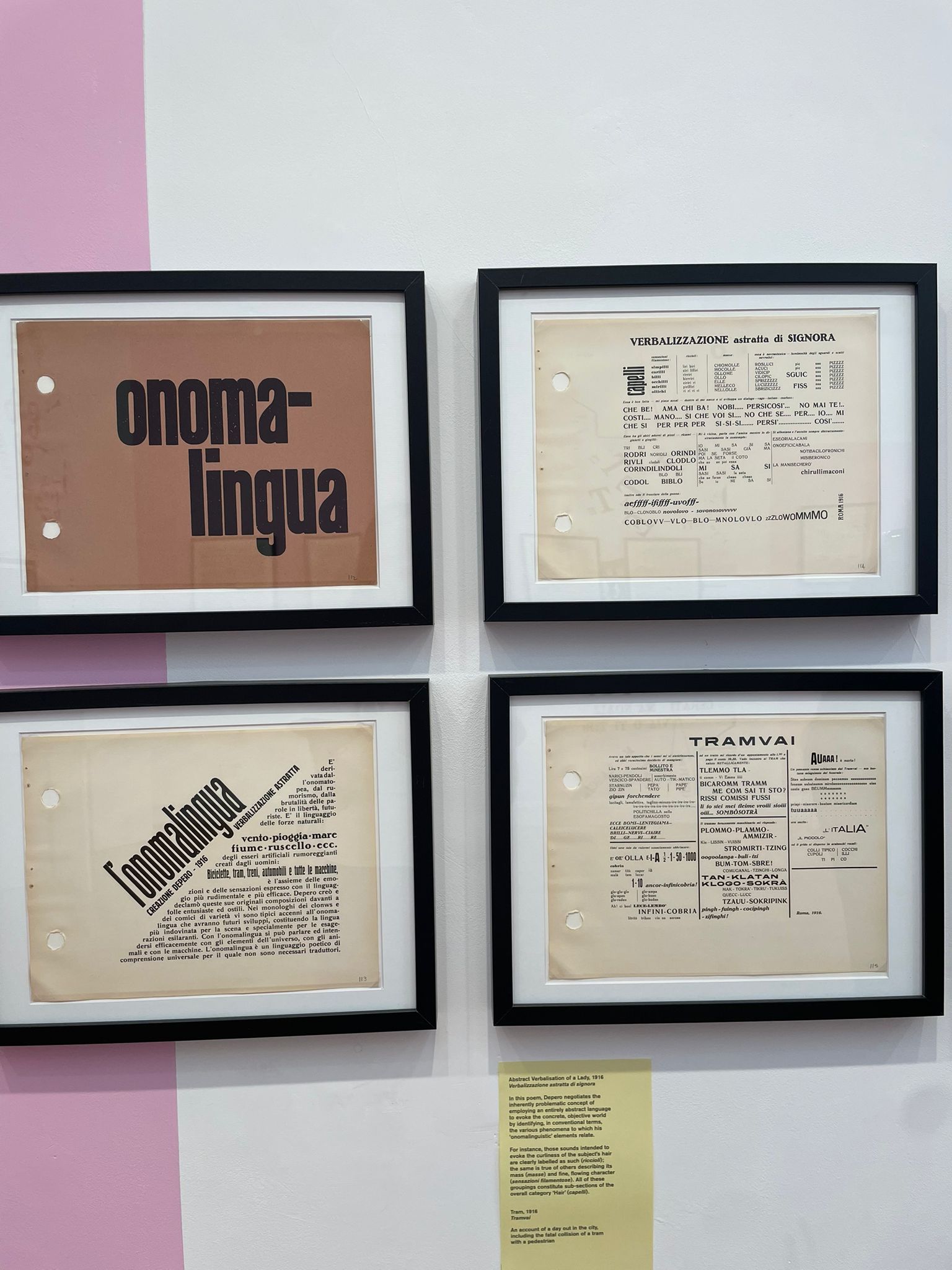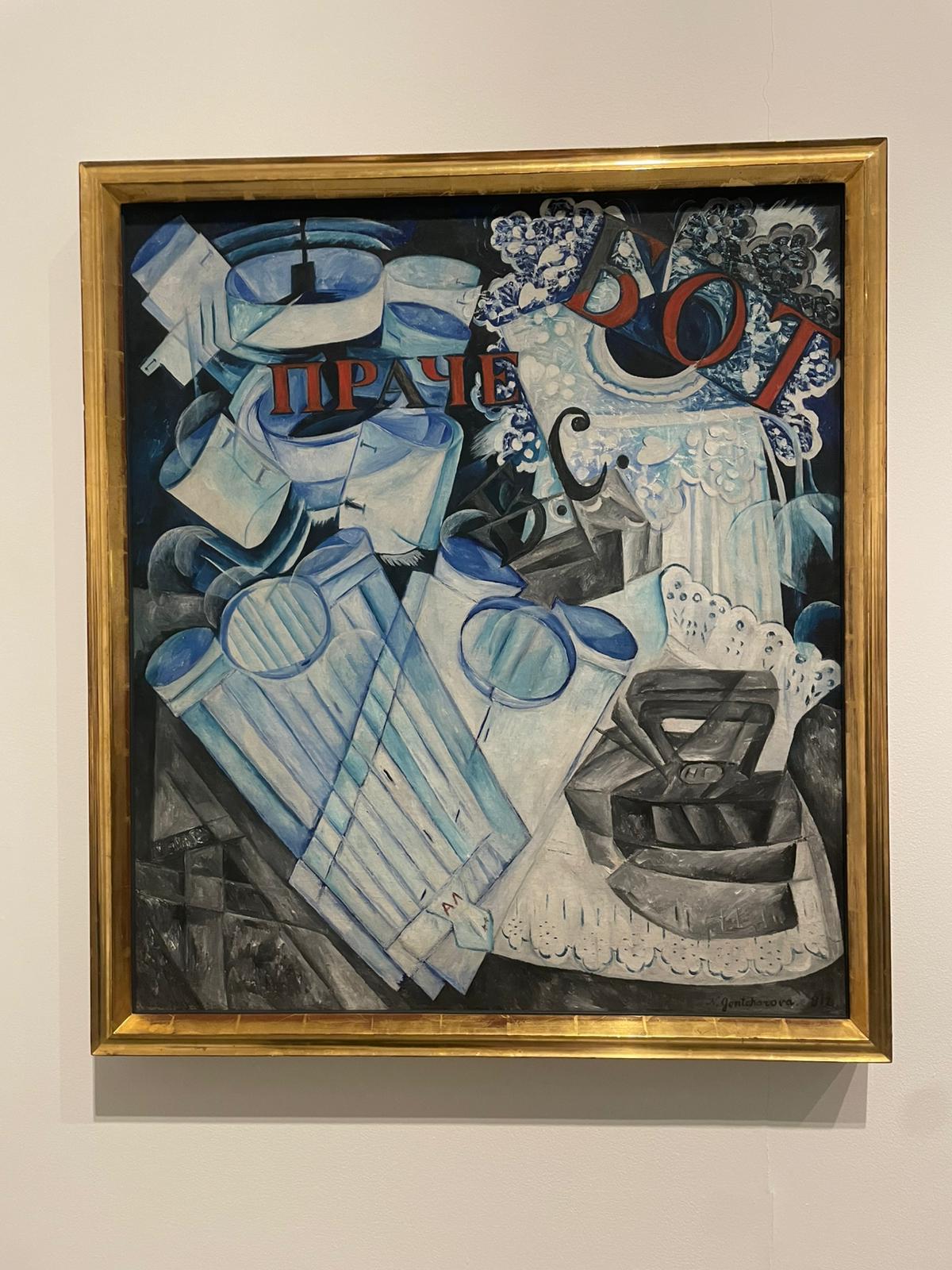Every two months everyone at Cremarc is given a day to dedicate to one of three areas: personal development, improvement in an area of weakness or innovation/research.
We used our day to focus on personal development – specifically, creative thinking and collaboration.
Why?
Ella: Outside of work, I’m training to be a therapist and between that and my work at Cremarc, it’s difficult to find time to be creative. The time I used to spend visiting galleries or museums, writing poetry or coming up with ideas for novels, is now spent doing coursework. I’m not begrudging, I love my course, but I miss the way I feel when I’m being creative.
And I’m sure it has an impact. Creativity is crucial to my role as a writer, but it also impacts how I am as a colleague. I work closely with Dipti, and we work well together but I thought it would be really valuable to spend time together outside of work and learn more about each other’s way of thinking.
Dipti: Working in a client-facing role, so much of my focus is on delivery, timelines and results. And while I love that fast-paced environment, it doesn’t leave a lot of space to explore creative thinking in a more open-ended way.
I wanted to use this personal development day to take a step back and reconnect with curiosity – to get inspired without a brief or a deadline. Ella and I collaborate a lot, but it’s usually within structured parameters. Spending this time together outside of work gave us the chance to think differently, challenge each other and explore how creativity can show up in our day-to-day – not just in big campaigns, but in how we think, communicate, and solve problems.
What?
We visited two exhibitions: Breaking Lines at Estorick Collection of Italian Modern Art and Media Networks at Tate Modern.
Both exhibitions focus on challenging perceptions, giving us plenty of food for thought on ways to bring more creativity into our work.
Breaking Lines

What we loved

Ella: I loved this exhibition and thought so many of the pieces were fantastic, but Fortunato Depero’s Onomalingua was my favourite. The end conclusion of his experimental poetry, Onomalingua is a language created from onomatopoeia.
Just by looking at it I can feel the energy and movement it’s conveying. The sounds are Italian but saying them out loud has meaning to me too. The way they’re positioned on the page brings them to life – the different angles, font sizes, bold, italics, broken or continuous lines.
Creating a language out of sounds in abstract but also surprisingly simple. Telling a story with just sounds might not be the most descriptive method but it taps straight into our senses and get the message across.
Dipti: What struck me most about Breaking Lines was how much could be communicated without using traditional language. Depero’s Onomalingua felt like a complete sensory experience – even though I couldn’t immediately “read” it in the usual sense, I understood it. The shapes, the layout, the energy – it all communicated something visceral and emotional.
Bringing marketing into the frame…
It reminded us that communication isn’t always about words. In marketing – especially B2B – we sometimes forget that. We get caught up in messaging frameworks and CTAs, but creativity often starts with feeling. This exhibition made us think about how we can use visual or tonal elements to evoke that initial reaction before the message even lands.

Ella: Corrado Govoni’s Autoritratto (self-portrait) was also a stand-out. I love the use of sentences as eyelashes; they’re so long and charismatic. Before we found the translation, I thought it was just visually great but as soon as we could actually read it, the whole piece came to life. My favourite line is “circle of death for tears” but honestly, it’s hard to choose.
Dipti: This piece pulled me in before I even knew what I was looking at. There’s something powerful about being surrounded by language that isn’t immediately decipherable – it creates this sense of mystery but also invites you to engage.
Bringing marketing into the frame…
We discussed the spaces we create in marketing. Do we always need to spell everything out? Or can we sometimes create intrigue and trust the audience to lean in, to want to discover more? That balance between clarity and curiosity is something we want to experiment with more.
Ella: I think Francesco Cangiullo’s Café Concert: Surprising Alphabet is a brilliant example of balancing clarity and curiosity – the figures who form the orchestra are clear but the way they’re brought to life is curious.
Media Networks
Our next stop was the Electric Dreams exhibition at Tate Modern. Unfortunately, we didn’t realise we needed to book in advance and there weren’t any tickets left. Luckily for us, there were lots of other exhibitions to choose between. We chose Media Networks thinking it might have some crossover with our roles in marketing.

What we loved

Ella: I think it’s safe to say that we both had the same favourite – the Guerilla Girls display. I still can’t believe I’d never heard of them before. Since seeing this exhibition, I’ve told everyone who’ll listen about them. We read every word on every poster.
Dipti: The Guerrilla Girls were such a revelation. I couldn’t stop reading – every poster was equal parts funny, shocking, and thought-provoking. What I found most powerful was how they made a serious point without being overly serious. They used bold visuals, sarcasm, and stats in a way that felt instantly digestible but left a lasting impact.
Standing in front of that wall of posters felt like being hit with a wave of truth – one after the other. It was impossible to ignore. The design was intentionally lo-fi, but that rawness made it feel even more urgent and real. It reminded me that design doesn’t always have to be polished to be powerful – sometimes, the rough edges are what make something stick.
Bringing marketing into the frame…
It made us think about how we present data in our own work. We often treat facts and figures as purely functional, but there’s huge potential to use them more creatively – to tell a story, challenge assumptions, or create an emotional connection. The Guerrilla Girls showed that you can be both informative and disruptive, and that’s something we’d love to bring more of into our marketing.

Ella: Natalia Goncharova’s Linen initially caught my eye because the use of typography reminded me of the pieces we’d seen that morning. But the more I looked at it, the more I noticed and the more I felt like I was being told the story of a couple’s life. Capturing a small moment – what looks to me like the process of doing laundry – suggests a bigger picture. It’s a good reminder that sometimes you can tell a whole story, just by spotlighting a seemingly small – but crucially, relatable – moment.
An abstract expressionist approach to B2B
While it’s unlikely that B2B is the next frontier for abstract expressionism, there is certainly room for more creativity. Maybe not a whole campaign written in onomatopoeia, but how about bringing in some of the sounds that will be familiar to your audience? The ding of a system alert, the beep of an error sound, the clack of a keyboard.
It’s about showing you know your audience. When we walked into the Media Networks exhibition, we had no idea what to expect but we were absolutely captivated. We felt seen, heard, spoken to and advocated for. Tate Modern gets a whopping 4-5 million visitors a year yet they know their audience well enough to curate an exhibition that would leave such a lasting impact on just two of us.
We felt like we were being addressed as individuals but in reality, we are part of the under-35s, an audience that forms one-third of Tate Modern’s annual visitors. It’s a lesson to everyone in B2B – know your audience well enough to make your output feel personal.
And once you know them, tell stories that resonate with their emotions.